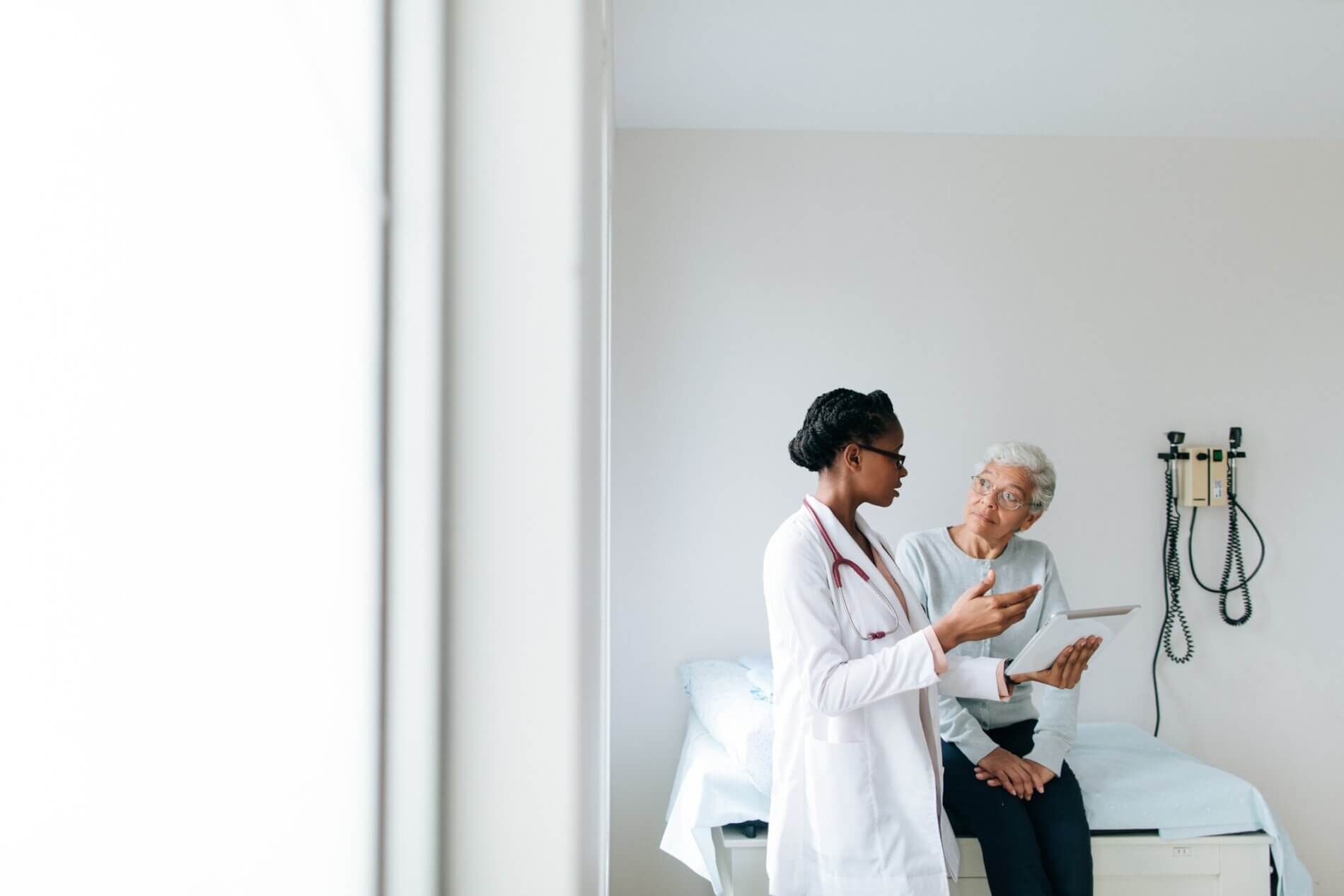Last Updated: October 22, 2024, 3 pm UTC
Each year, on September 17, healthcare communities worldwide observe World Patient Safety Day, an important occasion dedicated to raising awareness about patient safety and promoting efforts to reduce preventable harm in healthcare settings. Established by the World Health Organization (WHO) in 2019, this day calls upon governments, healthcare professionals, patients, and families to work together in creating safer systems of care.
The theme of this year’s World Patient Safety Day is ‘improving diagnosis for patient safety.’ To commemorate the day, we sat down with Premier’s resident expert in diagnostics, Charlie Chrisawn, for his insights and perspectives on the critical role diagnostics play in patients’ lives.
Charlie, you’ve spent a significant portion of your career in in vitro diagnostic development. How have you seen the industry evolve over the last 20 years?
Not only are diagnostic tests becoming more accurate, the technology surrounding the tests is also improving. Twenty years ago, the term “liquid biopsy” had a completely different meaning than it does today. And the only widely available at-home diagnostic tests were glucose tests for diabetics. Today, the field of medical diagnostics is experiencing a transformative shift, propelled by technological advancements and a deeper understanding of human biology.
Why are diagnostic tests so important for patient safety?
The CDC estimates that 70% of all medical decisions are based on laboratory and diagnostic test datai. We use diagnostic tests across the entire healthcare spectrum, from helping to prevent the spread of disease, to guiding treatment plans, to ultimately monitoring those treatment plans and the disease.
We’ve seen recent regulatory changes with the FDA now providing oversight of lab developed tests (LDTs). How does this help patient safety?
When we talk about diagnostic tests and patient safety, we’re typically referring to the risks of incorrect diagnoses. As LDTs continue to incorporate new, sophisticated technologies, they become more complex and the risks associated with incorrect results become more severe.
There is disagreement among lab test providers and regulatory authorities on the FDA’s ability to provide oversight on the hundreds of thousands of LDTs that are currently produced. The FDA’s main focus is ensuring diagnostic tests are both safe and effective to use within its intended use population. Premier hopes that valuable dialogue between these groups will lead to common sense approaches to ensure all diagnostic tests are safe for patients. Changes to the landscape are coming, so it’s an important space to watch for the rest of 2024 and early 2025.
Where do you see the biggest gaps/challenges in the current state of diagnostic development?
There was a giant boost in diagnostic investment during the COVID-19 pandemic followed by a significant slow-down with higher interest rates. We are starting to see funding pick up again, but there are a lot of companies with compelling technology and test performance that are finding it difficult to fundraise their research and development plans. Perceived market size limitations, regulatory and reimbursement complexities, investor skepticism, or the need for substantial clinical validation are all contributing to fundraising challenges in the space.
Early cancer detection just got a big win with the approval of the ShieldTM blood test for colorectal cancer. Outside of cancer detection, what’s next for the world of diagnostics? Where is the industry heading?
Well, I think the obvious answer is that Artificial Intelligence/Machine Learning, which is a fairly hot topic around healthcare, will continue to improve performance in cancer detection. Diagnostic companies have been using elements of Machine Learning for algorithm building for a while, but as the technology continues to improve with vast pattern recognition ability, I think it’s entirely possible to see new techniques for Multi Cancer Early Detection (MCED) diagnostic tests with improved sensitivity performance and approval in the next decade.
The future of diagnostics holds immense promise for improving global health outcomes and transforming patient care. I look forward to watching it unfold in collaboration with a full ecosystem of technology developers, healthcare providers, and policymakers.
To hear more of Charlie’s insights and perspectives in diagnostics, book a meeting with him here.

 Webinar
Webinar 


 Perspectives Blog
Perspectives Blog 